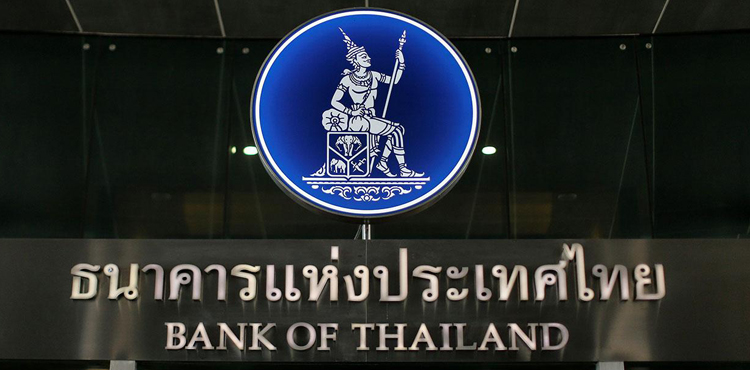Mr. Piti Disyatat, Secretary of the Monetary Policy Committee (MPC), announced the outcome of the meeting on 7 February 2024 as follows.
The Committee voted 5 to 2 to maintain the policy rate at 2.50 percent. Two MPC members voted to cut the policy rate by 0.25 percentage point.
The Thai economy is projected to slow in 2024 from exports and manufacturing activity amid softening global demand and moderating growth in China. Structural headwinds are restraining merchandise exports and tourism more than expected. Meanwhile, domestic demand continues to expand and remains a key driver of the economy. Inflation stays at a low level and should gradually pick up towards the target range albeit at a slower-than-expected pace. In the Committee’s assessment, recent growth slowdown owes primarily to moderating momentum in the external sector, which partly has structural causes. At the same time, private consumption growth remains robust. The current policy interest rate is consistent with preserving macro-financial stability, a key foundation for sustainable growth in the longer term. Most members thus voted to maintain the policy rate at this meeting. Two members voted to cut the policy rate by 0.25 percentage point, to reflect a lower potential growth as a result of structural challenges.
The Thai economy slowed more than expected in late 2023, owing to (1) tepid merchandise exports and manufacturing activity given unfavorable global trade conditions and high inventory levels, (2) lower tourism spending per head, a break from historical patterns, and (3) an unusually large fall in public investment due to the delayed government budget. This slower initial momentum points to a softer outlook for 2024 growth, projected to be 2.5-3 percent. Private consumption and tourism should remain the key growth engines. Exports and manufacturing activity should expand at a moderate pace, constrained by global demand and a delayed upturn in the Thai electronic cycle. Looking ahead, structural impediments, particularly deteriorating competitiveness, would increasingly hamper growth in the absence of structural reforms.
Headline inflation is projected to be lower than previously assessed due to supply factors, particularly lower-than-expected raw food and energy prices as well as an extension of government subsidies. Recent low inflation readings do not reflect demand deficiency, as price declines are concentrated in relatively few product categories and not broad-based, while headline inflation excluding subsidies remains positive. Headline inflation should stabilize at levels close to 1 percent in 2024 before gradually picking up next year. Core inflation should remain flat as in previous assessment. Key risks to monitor include the Middle East situation which could affect energy prices, impacts of climate change on agricultural prices, and government subsidies.
The overall financial system remains resilient. Financial institutions maintain high levels of capital and loan loss provision. Bond markets function normally, despite a few low-rated corporate bond issuers having difficulties rolling over debt. The Committee recognizes the importance of managing credit quality of SMEs and households grappling with slow income recovery. It welcomes the Bank of Thailand’s initiatives to accerelate debt restructuring as well as targeted measures and sustainable debt resolutions for vulnerable groups particularly Responsible Lending measures.
Overall financial conditions are stable relative to the previous meeting. Private sector funding costs, both via commercial banks and bond markets, stay broadly unchanged. Businesses and households continue to access new fundings at the usual pace, with a slight decline in total loan outstanding largely owing to debt repayments. Overall, businesses are able to service debts normally despite gradual income recovery and high production costs. Small businesses in certain industries may face tighter credit conditions and more stringent credit standards. The baht weakened against the US dollar since the beginning of 2024 in line with regional currencies, primarily influenced by the Federal Reserve’s monetary policy outlook.
Under the prevailing monetary policy framework, the Committee seeks to maintain price stability, support sustainable growth, and preserve financial stability. The Committee judges key factors hindering growth outlook to be external and structural. Meanwhile, domestic demand momentum remains in place and inflation should gradually increase towards the target range. The current level of policy interest rate remains consistent with sustaining growth while fostering macro-financial stability in the longer term. The Committee nonetheless notes heightened uncertainties associated with cyclical and structural factors, and will take into account growth and inflation outlook in deliberating monetary policy looking ahead.





